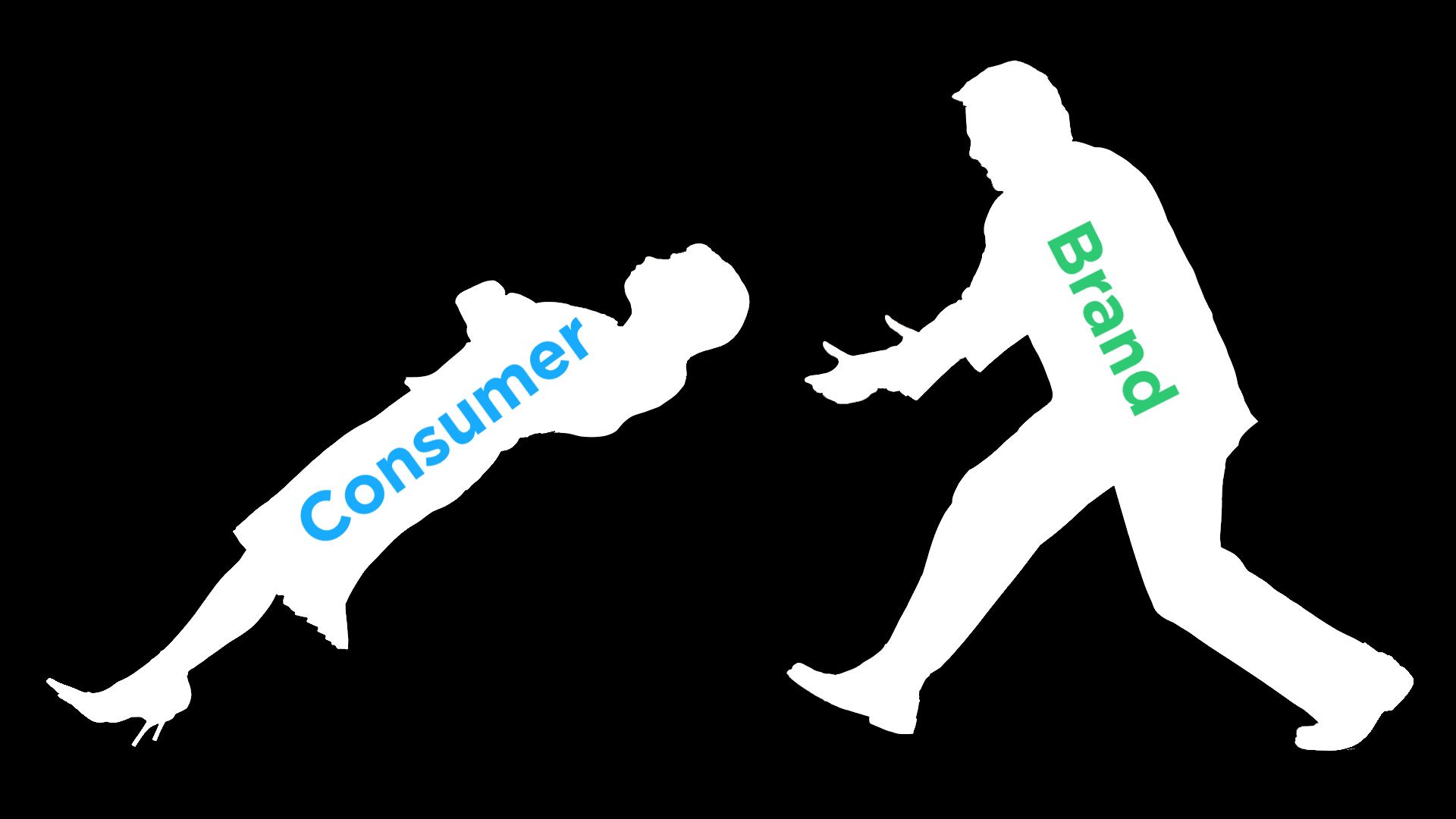Earning Trust in the Consumer Decision-Making Process
Earning consumers’ trust has always been a top priority for savvy brands, but in today’s increasingly crowded marketplace, trust is an even more critical asset. When a brand’s strategic narrative includes the promise of trust and responsibility, it’s vital that the consumer journey reinforces those ideals. Let’s take a look at the consumer decision-making process and how trust can be built at each point along the way.
The Consumer Decision-Making Process
The EBK model of the consumer decision-making process was first codified in 1968. While the consumer experience has changed drastically since then (this video from Directive Consulting provides an interesting overview), the five steps of the EBK model are still used by marketers and brand-builders today. Here’s how brands can gain trust at each critical moment of the consumer journey:
Problem Recognition
First, the consumer recognizes that they have a problem that requires a solution. At this early stage, brand awareness is crucial; a consumer who has a clear idea of where to find a solution will often follow their impulse to the first brand that springs to mind. A brand narrative that speaks clearly to these target consumers is an important way for a brand to gain visibility and trust.One way of gaining an edge during this phase is to consciously create and market solutions, not products. This is a lesson from startup culture that applies broadly - when you present your product as a solution to a specific set of problems, your brand’s narrative will resonate with consumers experiencing that problem.
Information Search
This stage has changed greatly in the information age. Today, every brand has the chance to be found online and SEO has become one of the most critical ways to make a strong first impression.Beyond rising to the top of search results, the quality of information brands reveal about their products is playing a larger role in decision-making. Consumers want more information than ever, extending as far as supply-chain transparency, the quality of materials used, and a product’s environmental impact. When it comes to earning consumers’ trust, more information is better.
Alternative Evaluation
Consumers then review the variety of products available to them and compare and contrast features, price, design, and more. In addition to providing comprehensive information about products, transparency is key to building trust during the evaluation process. Brands like Progressive, which offers a pricing tool that will reveal when a competitor might be a better fit for a consumer’s needs, have leveraged transparency in the evaluation stage to earn consumers’ trust.
Purchase
The most critical thing a brand can do at the point of purchase is to eliminate any obstacles that disrupt or derail the process, like unexpected costs or counter-intuitive payment and shipping confirmations. As we’ve seen recently, how brands secure consumers’ financial information is also very important to consumer trust - data breaches have a negative effect on consumer confidence.
Post-Purchase
The post-purchase stage involves responsive customer service and continued engagement that ensures consumers feel confident in their purchase. The end of the decision-making cycle is an ideal time to reinforce brand loyalty and ensure that consumers will return when a new need arises.These markers of trust, when maintained with consistency, are the foundation for longterm customer loyalty. Done well, they support a brand’s strategic narrative by demonstrating how it lives up to its ideals and works to forge long-lasting relationships with consumers. Coming up, we’ll examine how your brand’s strategic narrative can inspire connections and establish the groundwork for consumer trust.

